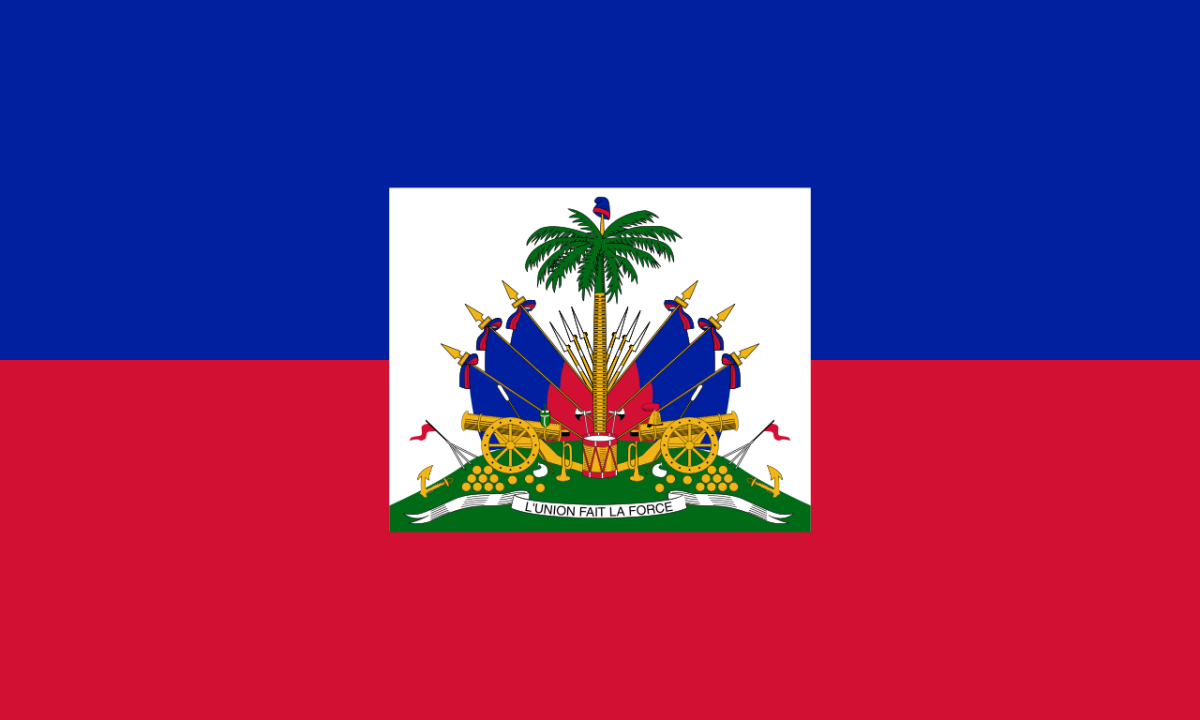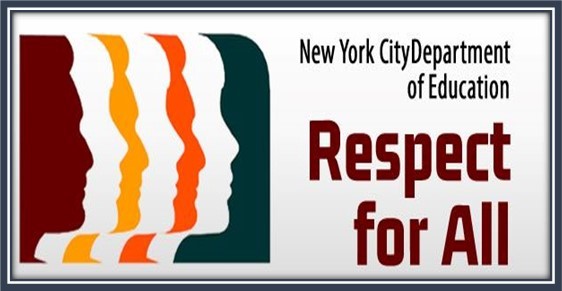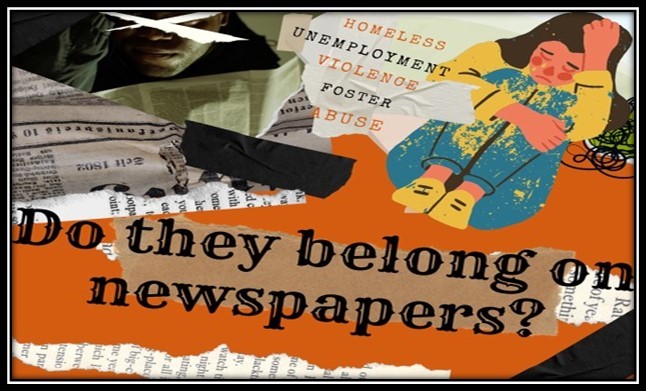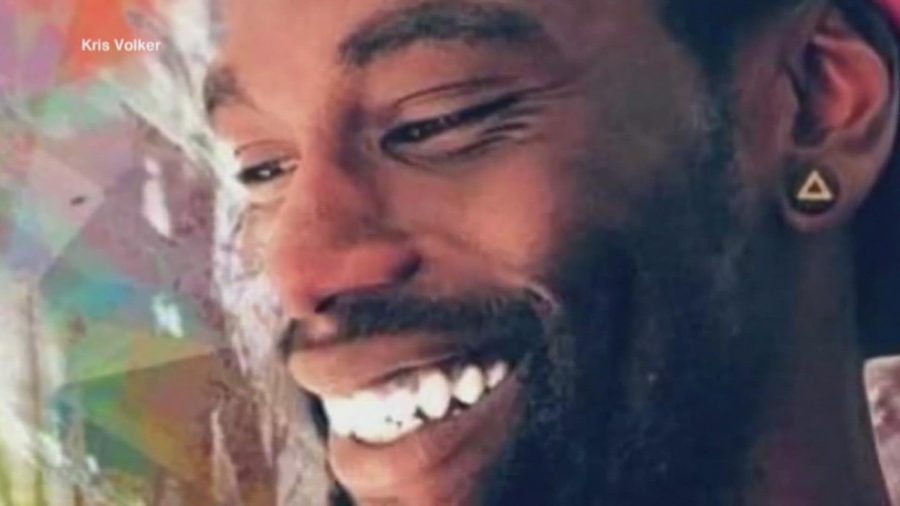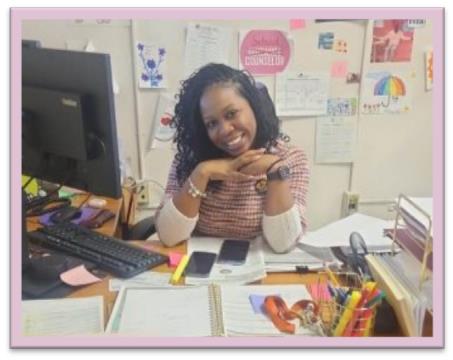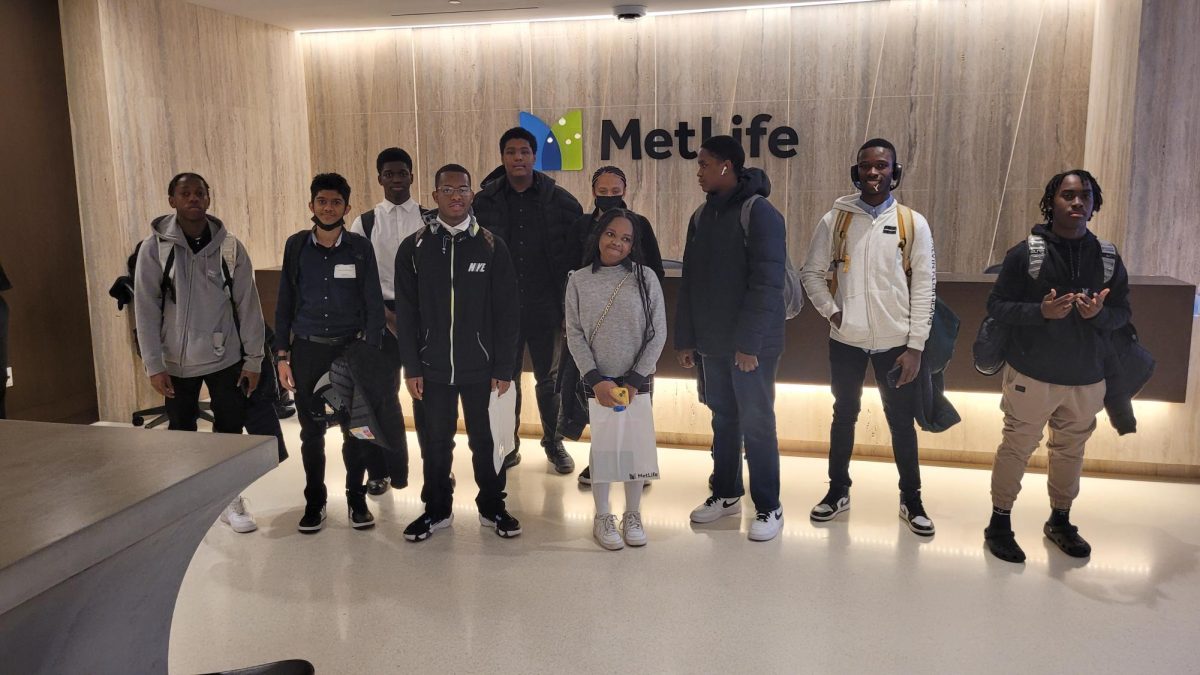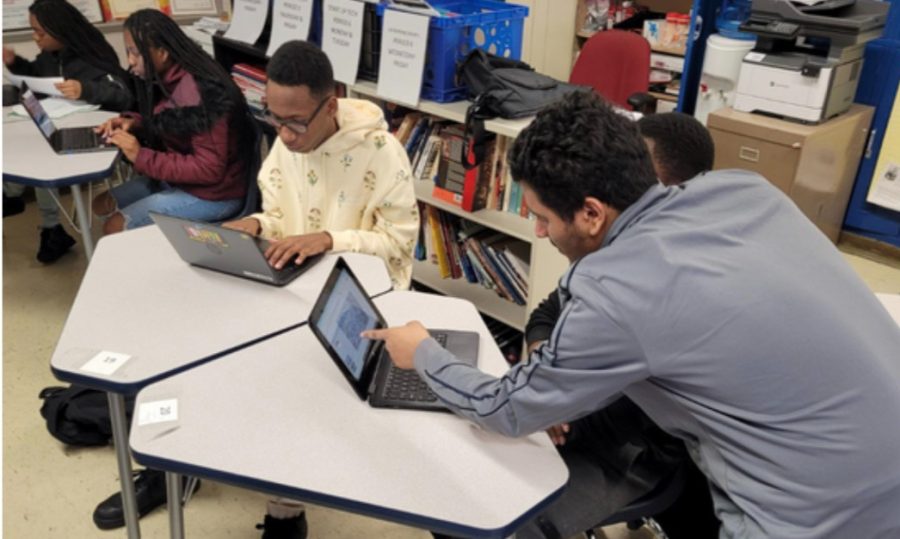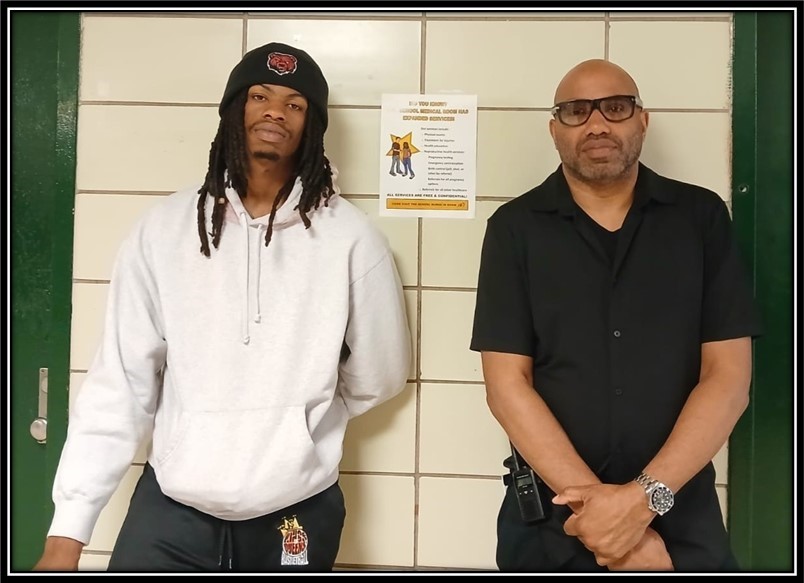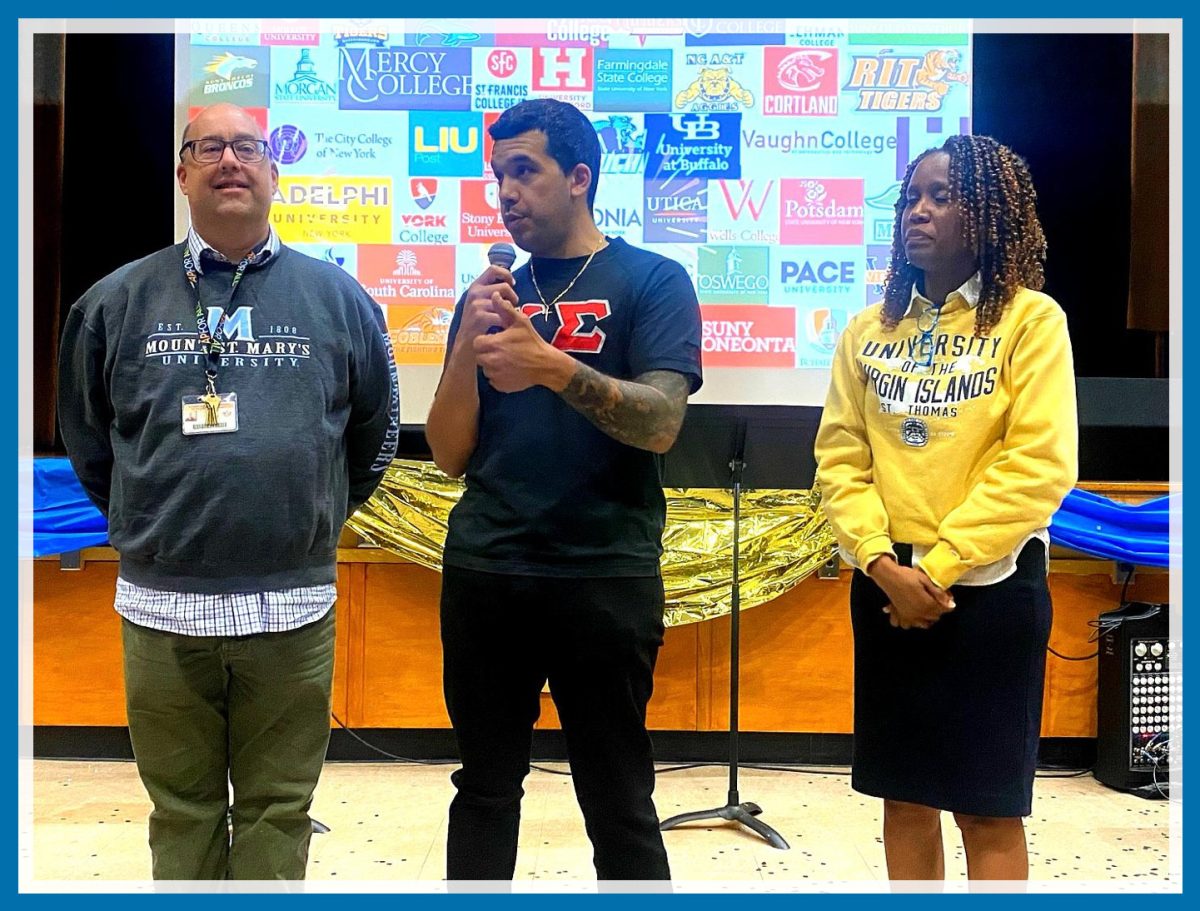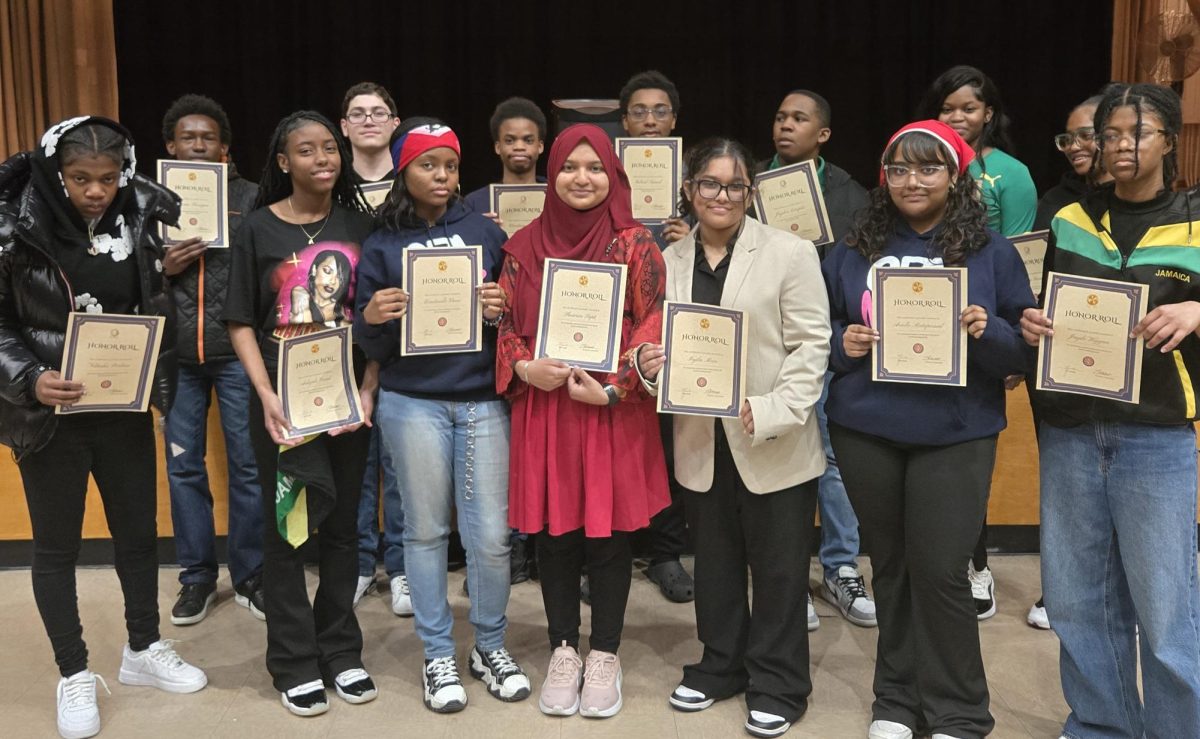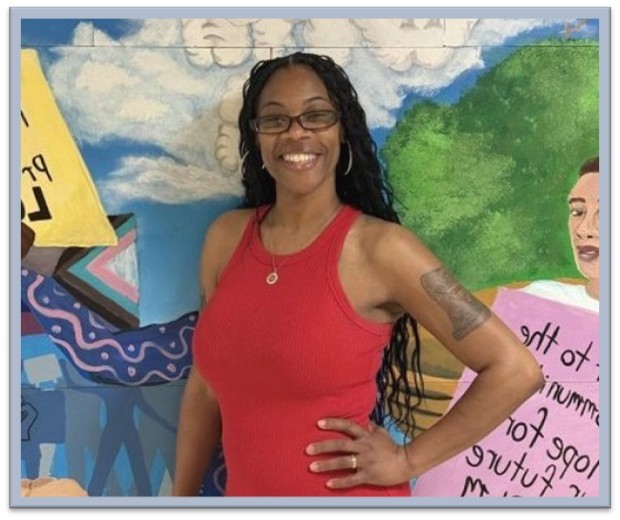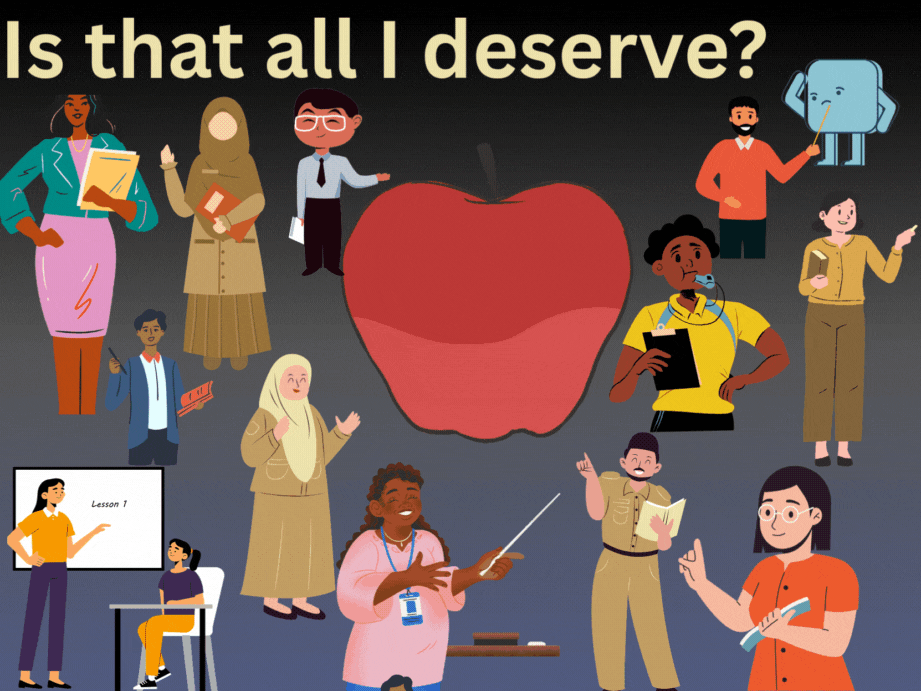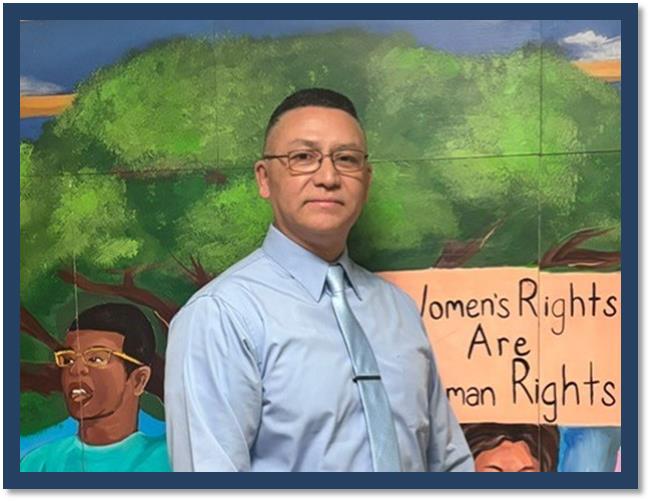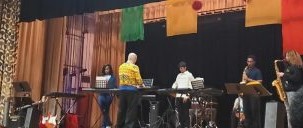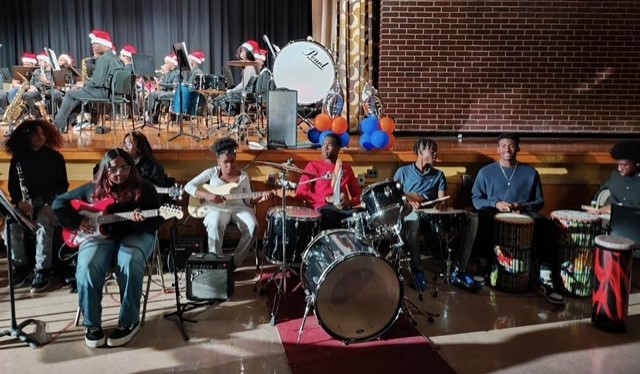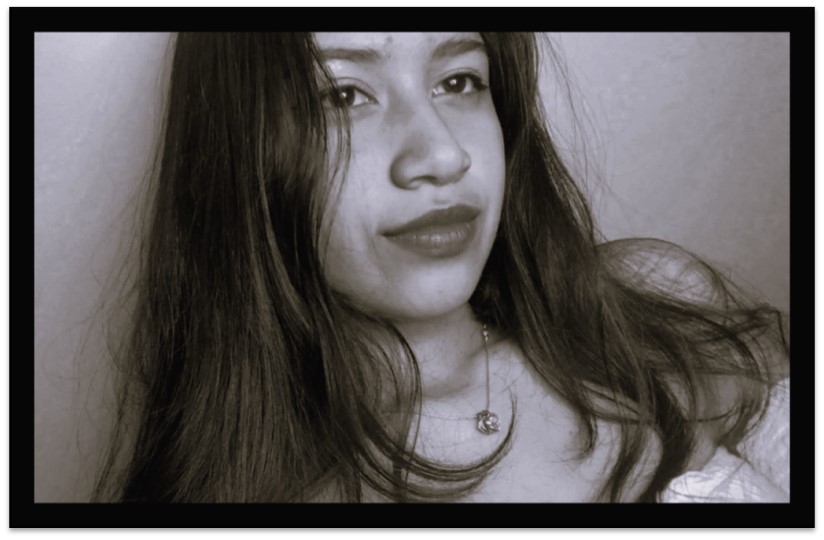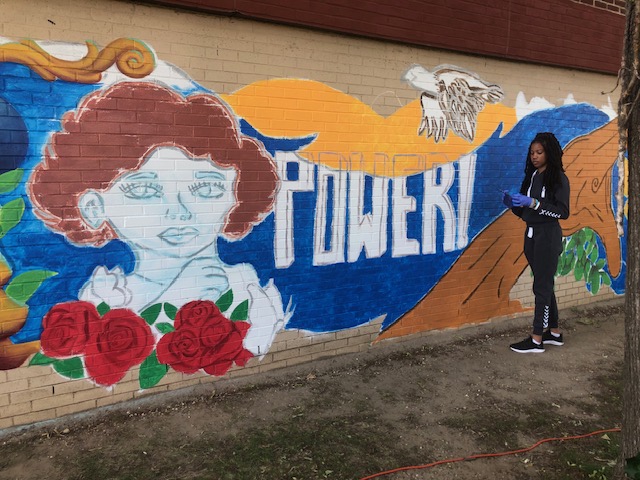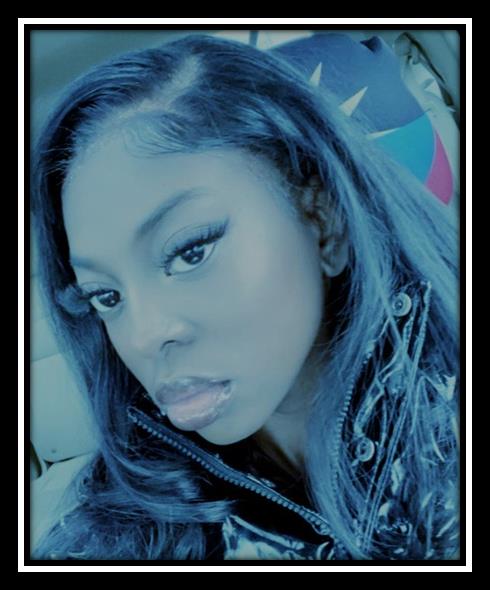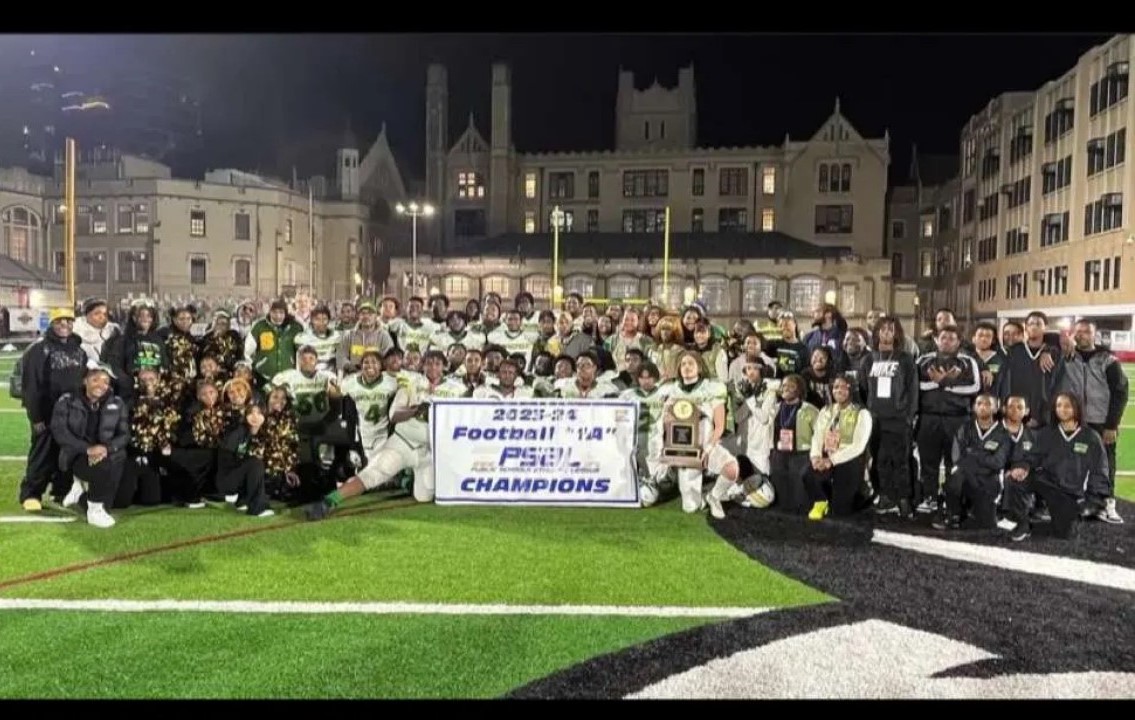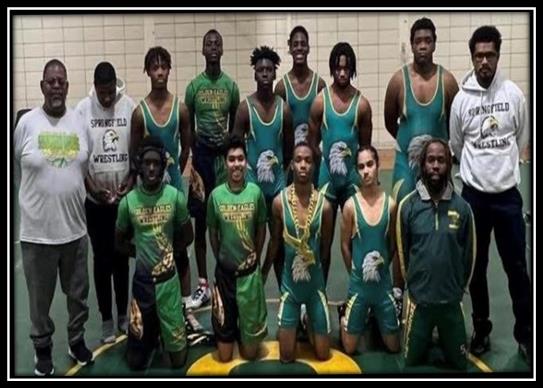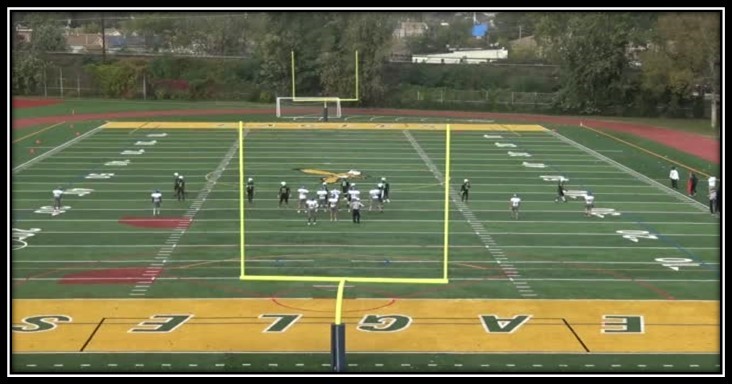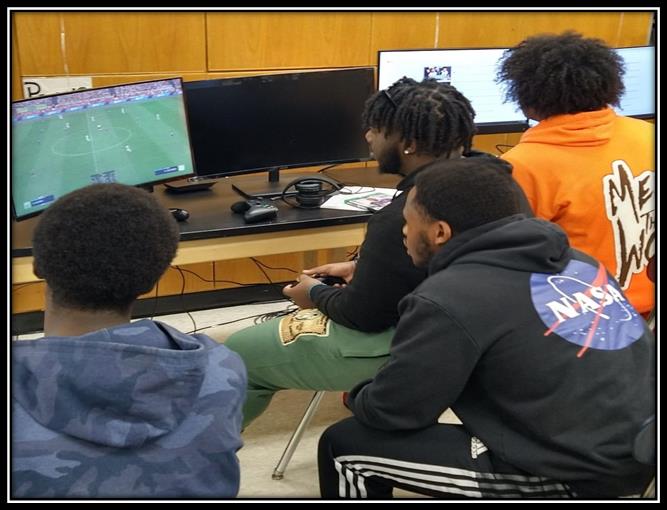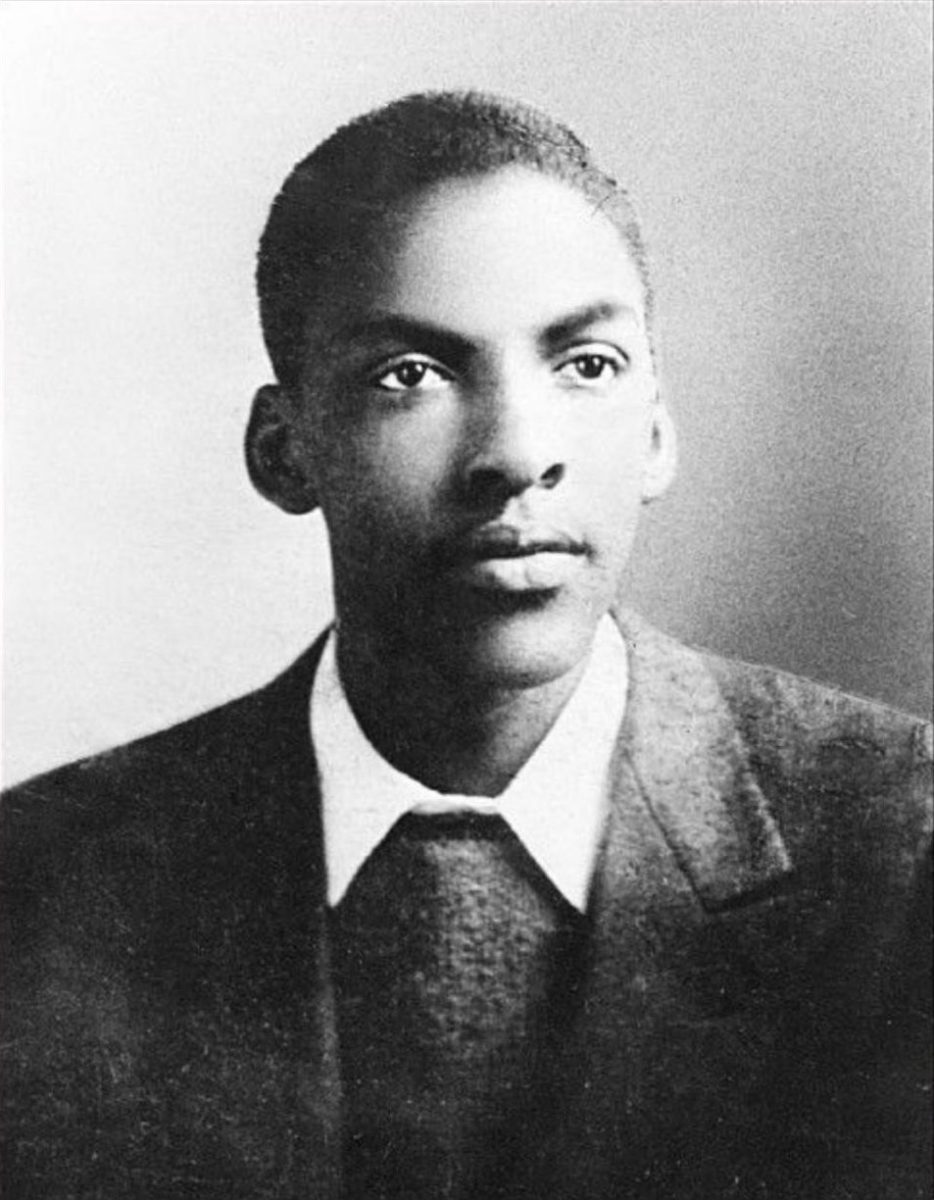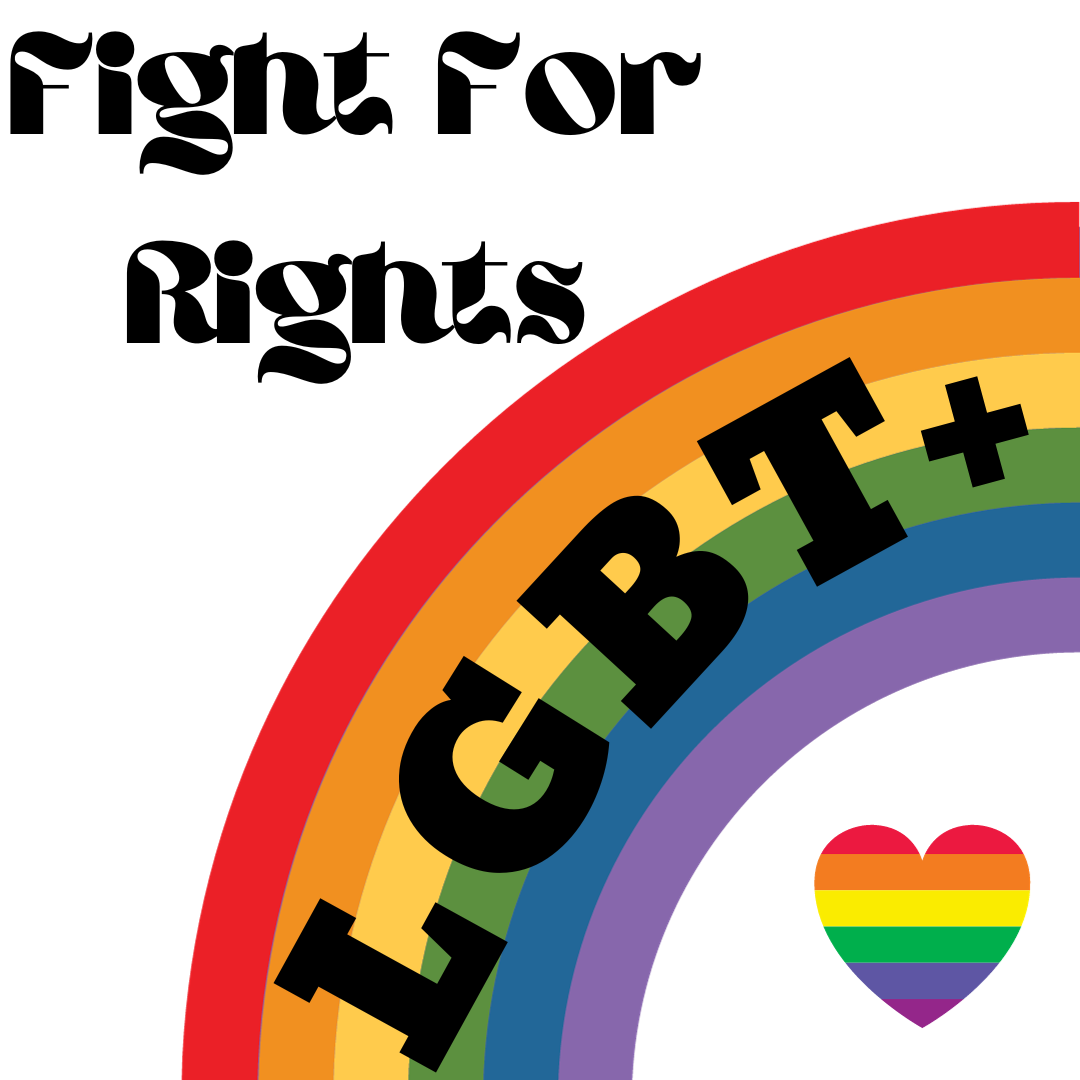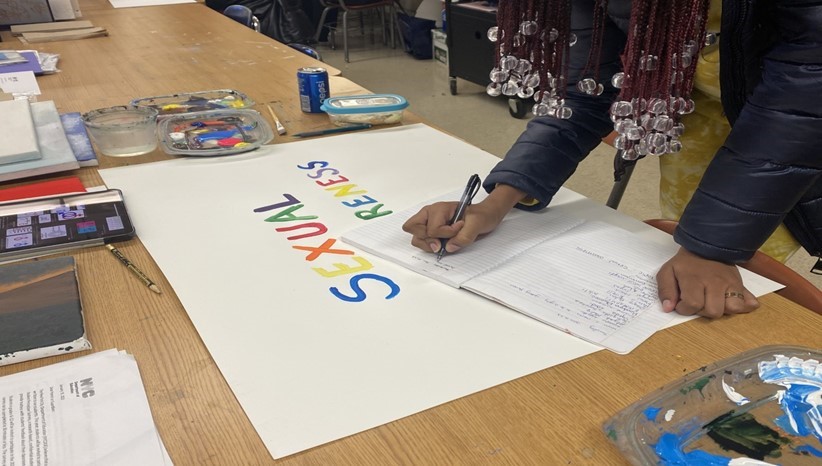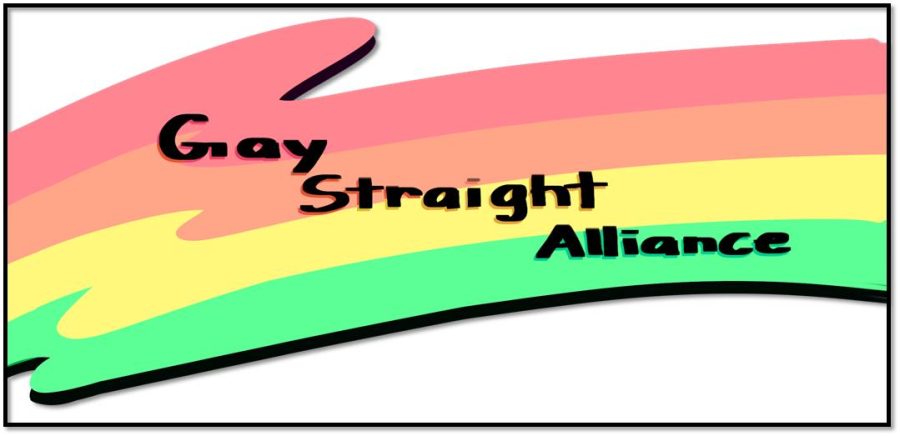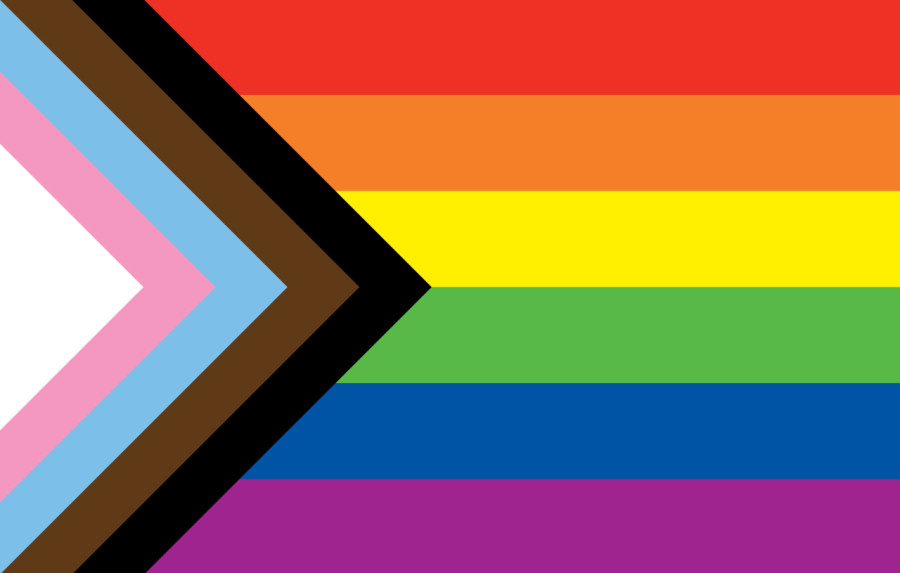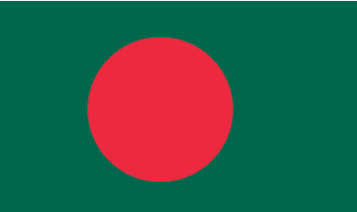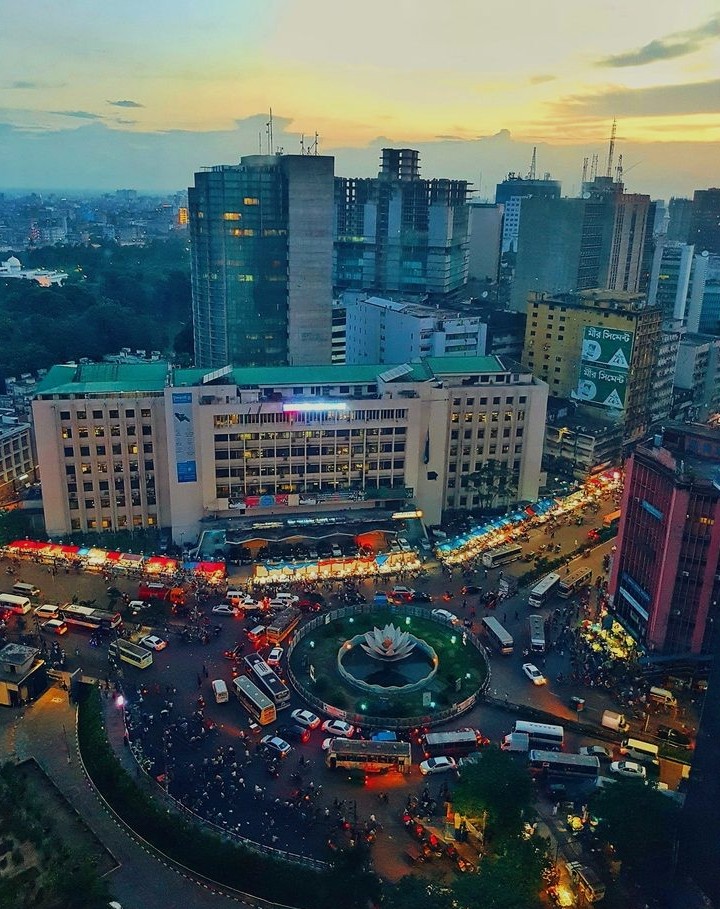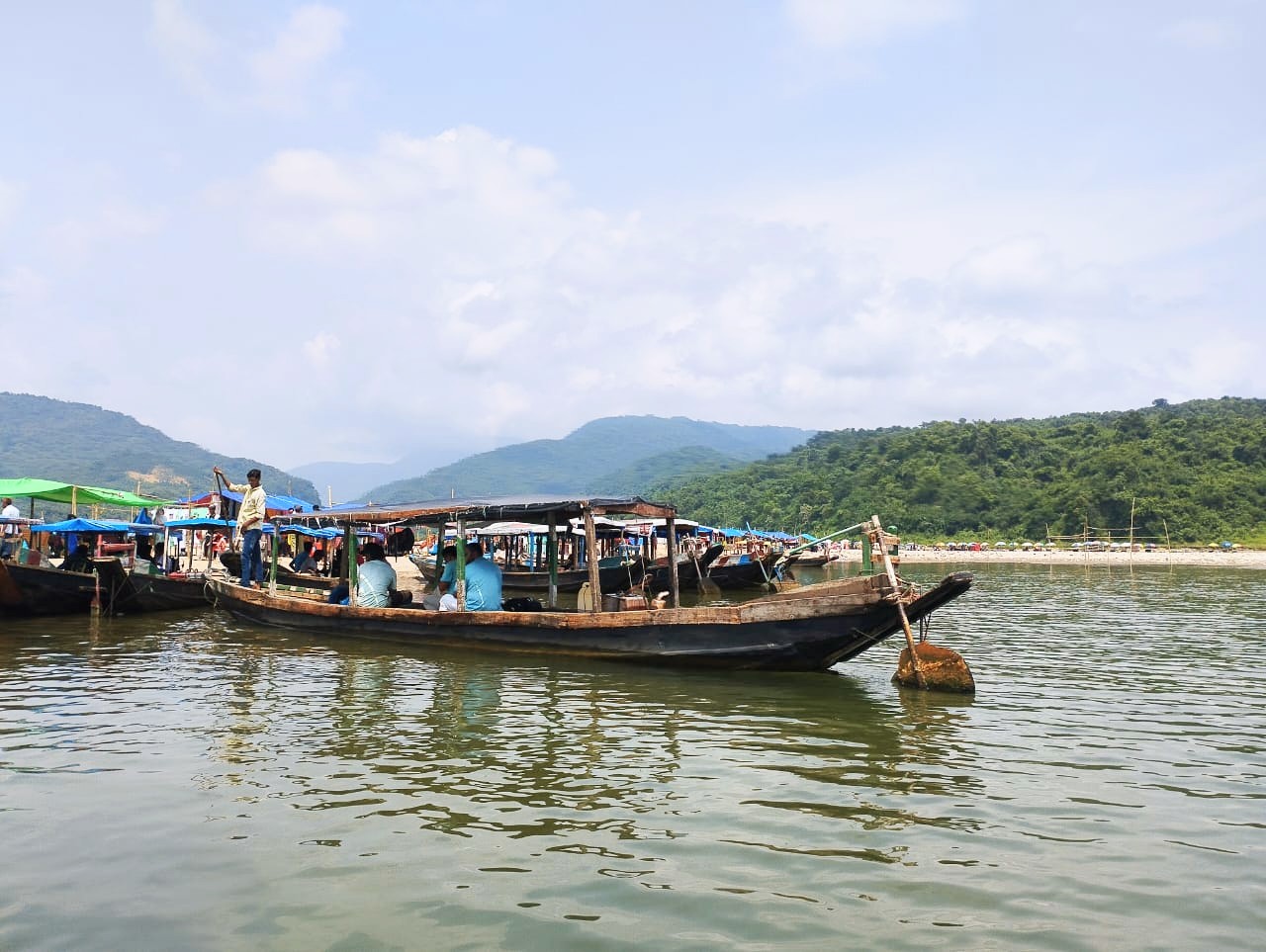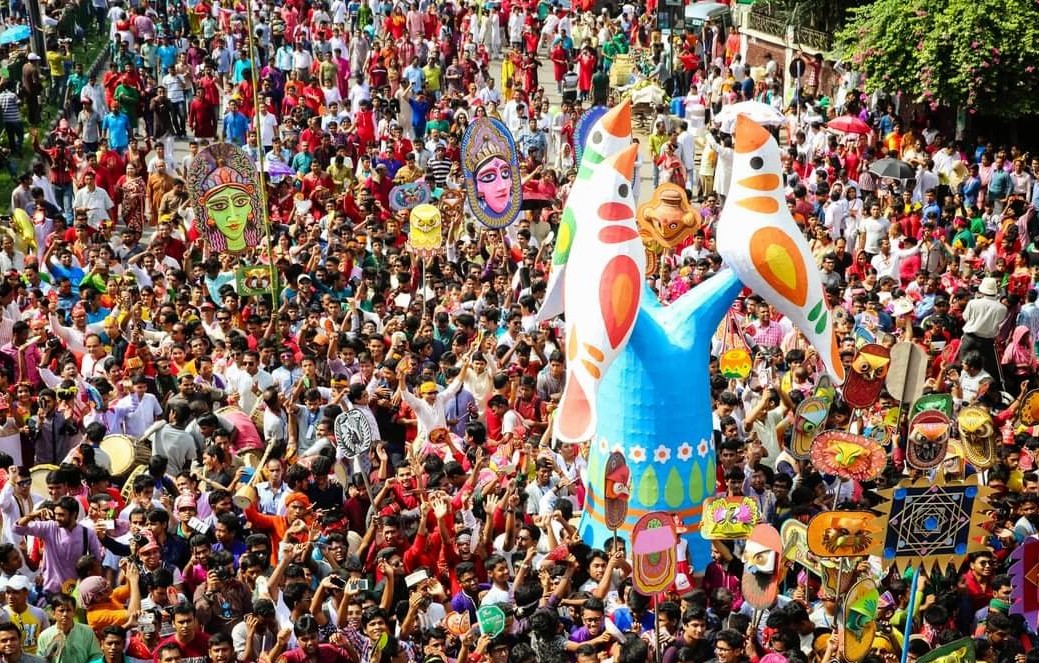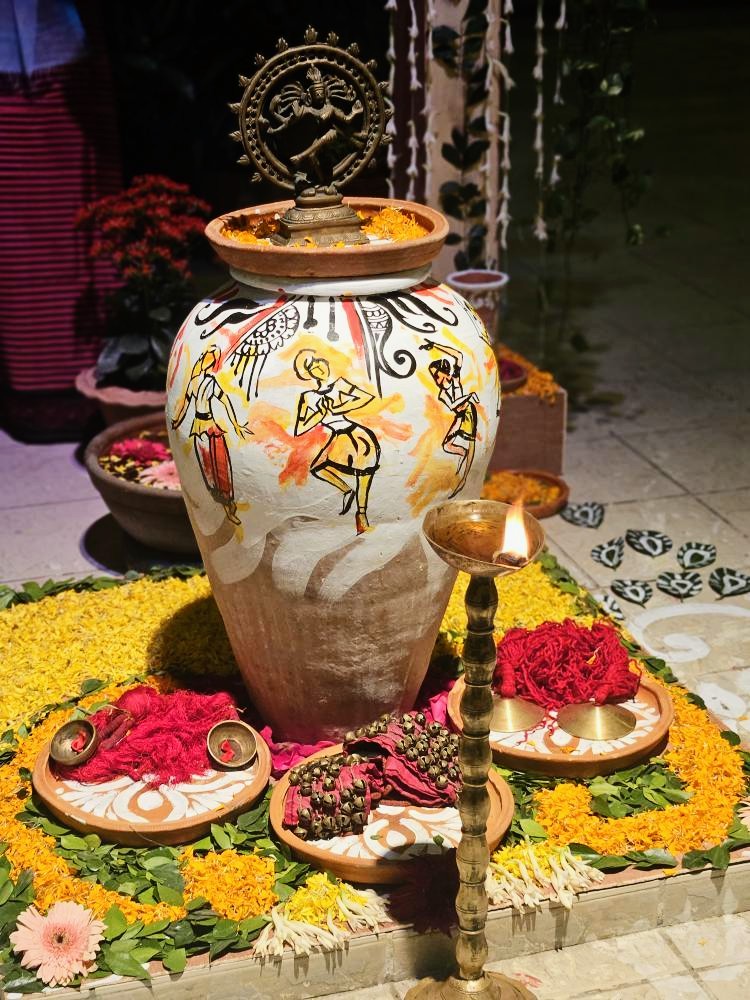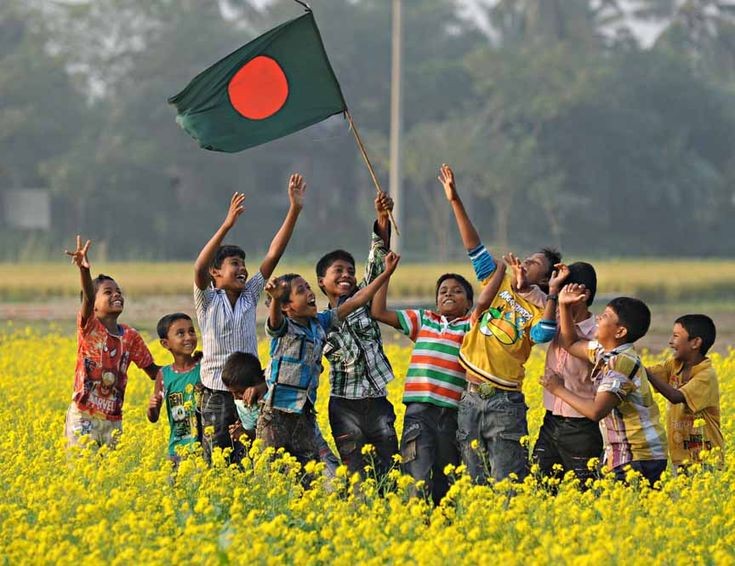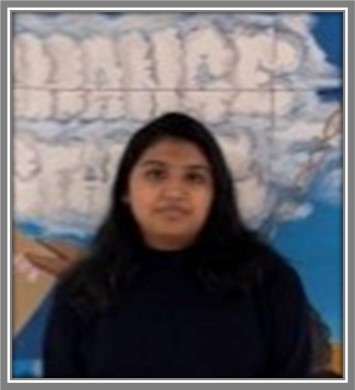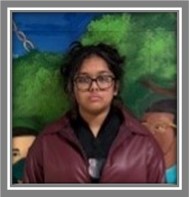Here at Queens Preparatory Academy (QPA) we are proud to host a vibrant and growing Bengali community. Our Bengali students are emerging as tomorrow’s leaders bringing rich cultural perspectives and remarkable talents to our school. However, many in our broader QPA community have yet to fully discover and appreciate the wonderful heritage and contributions of our Bengali community. Bangladesh, nestled in the heart of South Asia, is a country where tradition meets modernity- a land of breathtaking contrasts and vibrant colors. From the lush Sundarbans mangrove forests to the bustling streets of Dhaka, the culture of Bangladesh brings art, music, movies, literature and culinary delights that span thousands of years.
The Bengali Community at QPA
Cultural diversity is celebrated and embraced at QPA, creating a welcoming space for all students. Junior Shuvojit Sarker, who is new to the school, feels happy to have met a strong community from his country. He also found the translation support at the start very helpful in understanding lessons and appreciates how kind and supportive the teachers were.
Senior Tawhid Islam shares that being Bengali at QPA has always felt comfortable, and he was never made to feel inferior. Sophomore Showrin Supti feels proud when teachers acknowledge Eid and try to speak in Bengali. The school also supports the Bengali community through initiatives like QNA News in Bangla. While students appreciate these efforts, they hope for even more representation in the future.
A Brief History
Bangladesh possesses a rich historical legacy that spans many centuries. The region was an integral part of Akhand Bharat (Greater India) and was ruled by several powerful empires in chronological succession. From the rule of Murya, Sen and Pal, Bengal became the jewel of the East. Muhammad Bakhtiyar Khilji, a military general from Central Asia conquered Bangla in 1203 by defeating the last Hindu king Lakshman Sen. He was the first Muslim ruler of Bengal. In 1526, the Mughal Empire began its reign, continuing the region’s legacy of being part of significant empires. By the mid 1700s, as the Mughal Empire declined, the British East India Company assumed control of Bengal, marking the beginning of a 200 year colonial period. In 1947, India was divided into two parts, on the basis of religious majority, India and Pakistan. In Pakistan there was West Pakistan and East Pakistan (Bangladesh) and between them was the distance of 2204 km of Indian territory.
The West Pakistan government imposed numerous inequalities on East Pakistan including the suppression of Bengali language and culture through the 1952 language movement, when they attempted to enforce Urdu as the sole state language. The Bangladeshi population experienced inequality in every sector. The breaking point came in 1971 when West Pakistan refused to accept East Pakistan’s democratic election results, leading to a nine month liberation war and the birth of independent Bangladesh. Bengali people celebrate the 26th of March, the independence day of Bangladesh by paying their respects to the martyrs, hoisting the flag and organizing celebrations while the 16th of December is marked with pride, parades and celebrations of the liberation victory, highlighting the spirit of freedom.
Geography
Bangladesh shares its longest border with India. The country is surrounded by several Indian states: Meghalaya in the west, Assam in the north and northeast, and Manipur and Mizoram in the east.
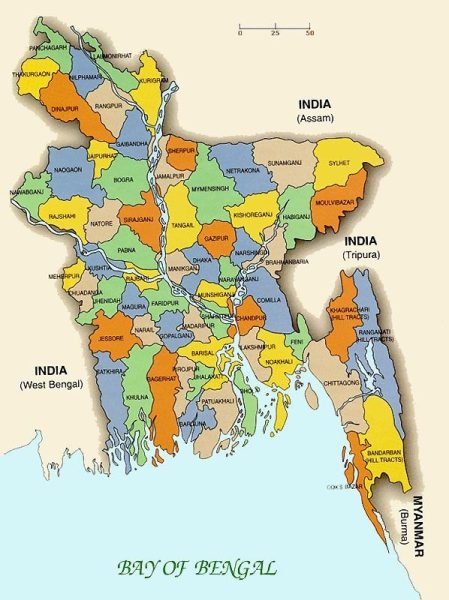
Myanmar borders Bangladesh along its eastern frontier, while the Bay of Bengal forms its southern boundary along the coast. The total area of Bangladesh is 147,570 square kilometers (56,980 square miles). Bangladesh is divided into eight administrative divisions: Barisal, Chattogram, Dhaka , Khulna, Mymensingh, Rajshahi, Rangpur and Sylhet.
Culture
Bangladeshi culture is a vibrant tapestry woven with rich artistic heritage. It is a culture that honors its past while embracing the future, offering a unique and enriching experience to all who encounter it. The nation is known for its poetry, with literary giants like Rabindranath Tagore and Kazi Nazrul Islam. Tagore, the first non-European to win the Nobel prize in Literature (Gitanjali), penned poems that explored love, loss and spirituality. He is also the writer of our national anthem. Kazi Nazrul Islam, known as the “Rebel Poet” wrote verses that ignited the spirit of independence.
Tagore and Nazrul Islam are one of the most popular poets of Bangla literature but there are so many more. Jibanando Das is a writer and poet who was considered as one of the greatest modern poets in Bengal after Tagore. Considered one of the pioneers of Bengali literature, Michael Madhusudan Dutta took Bangla literature in a new horizon by introducing the sonnet. Another popular poet is Shamsur Rahman who wrote more than sixty books of poetry and is considered a key figure in Bengali literature from the latter half of the 20th century. Folk tales are also a big part of Bangladeshi literature, passed down through generations. These tales often feature mythical creatures, wise animals and moral lessons.
Folk music also plays a big part in Bangladeshi culture. Lalon Fakir is one of the most popular folk artists, and his songs are a part of the Baul folk music tradition, which are mystical and philosophical. Bhawaiya songs are often played at weddings. While Bangladesh celebrates its old traditional songs proudly; it also has a wide range of modern songs influenced from western music.
Bangladeshi cinema has a rich history with classical films like “Jibon Theke Neya” by Zahir Raihan and “Matir Moyna” by Tareque Masud exploring social issues and cultural themes. The Bangladeshi industry is experiencing a resurgence, with filmmakers exploring new genres and storytelling techniques.
Festivals like Pohela Boishakh ( Bengali New Year), Durga Puja and Eid unite communities in joyous celebration. These festivals showcase the country’s cultural diversity and resilience.

